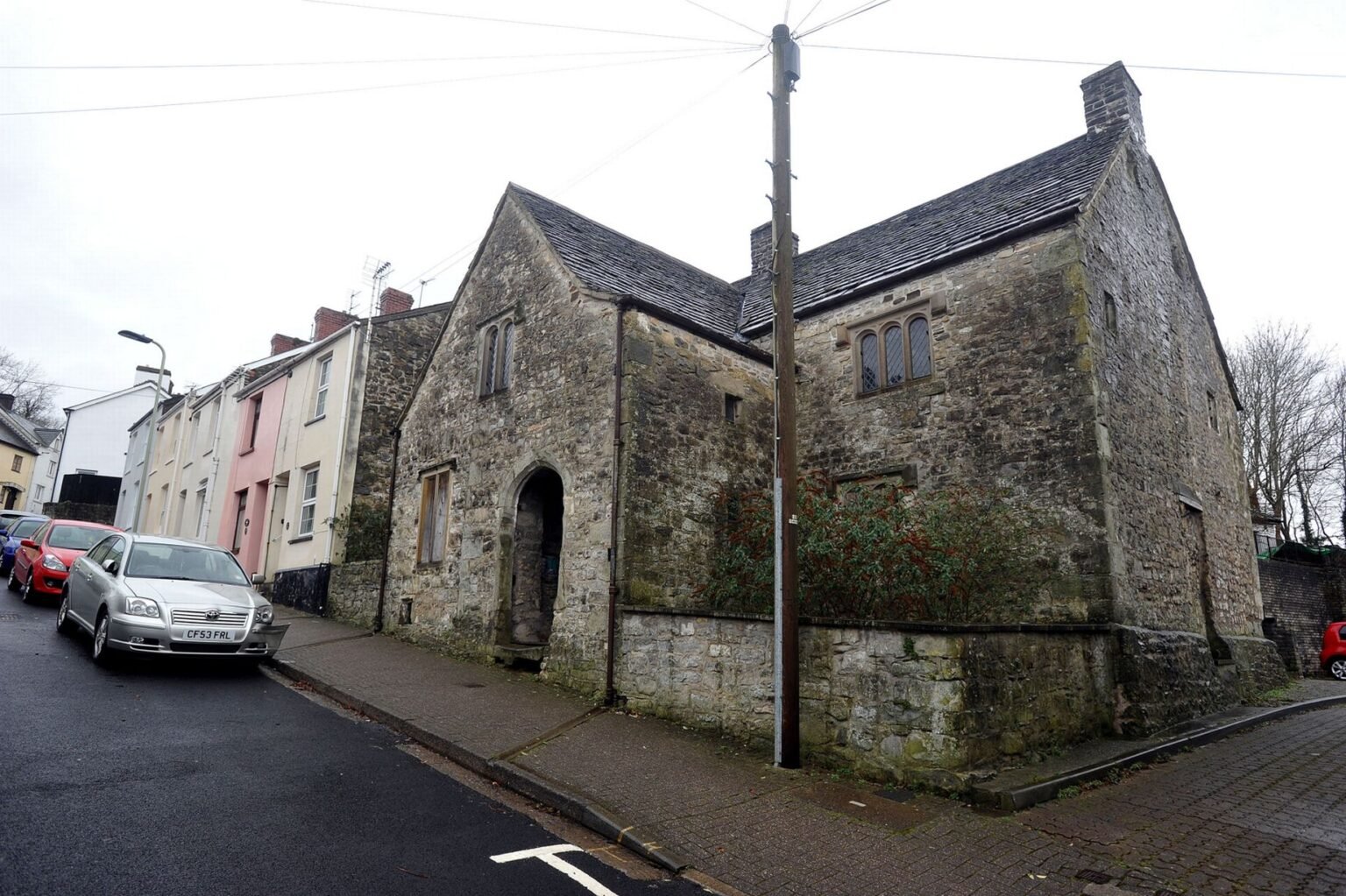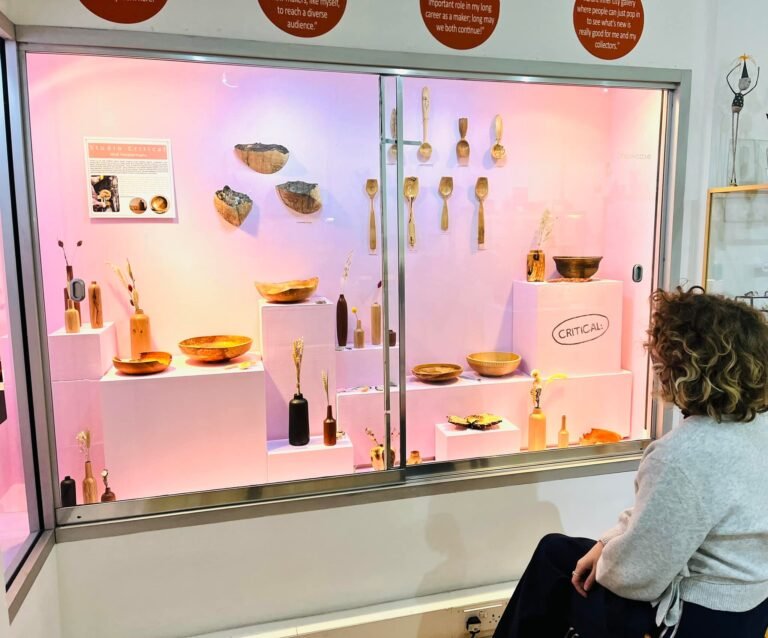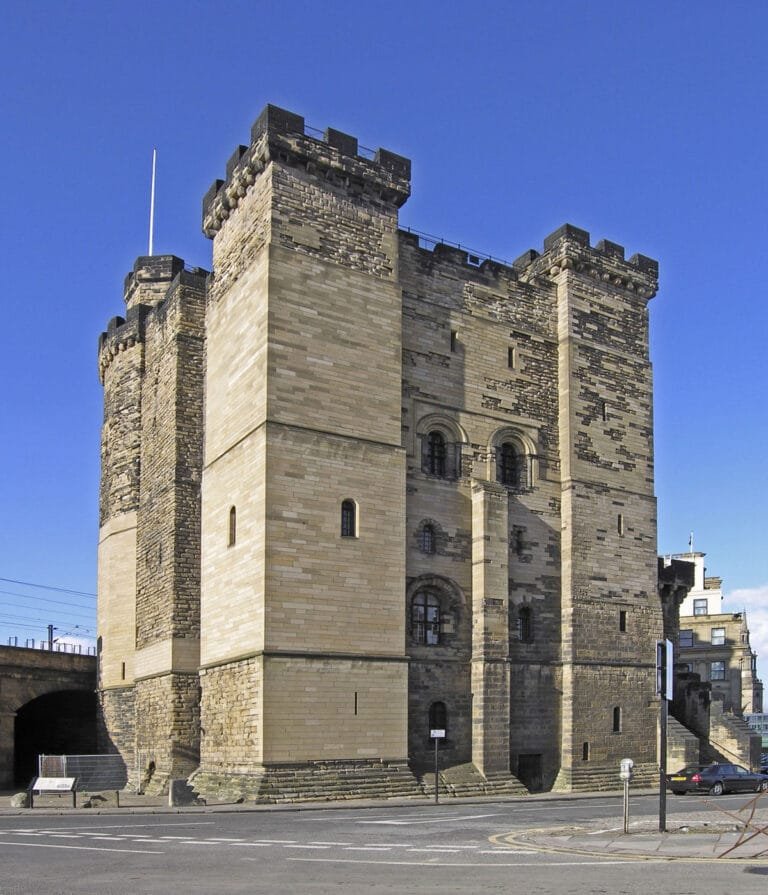Home to their friendly, family-run, licensed, Greenhouse, providing fresh home cooking, snacks, ice creams, and refreshments; Lost World Adventure Golf, for that fun round of mini-golf; Jungle Wipeout, outdoor soft play area including Kamikazi slide; the all-new Pirate Quest Maze and traditional Boating Lake.
St John’s House
It may have been converted from an existing structure, but it belongs to a class of structures known as hearth-passage homes
Share:
Opening Hours
Mon:
Tue:
Wed:
Thu:
Fri:
Sat:
Sun:
Closed
Closed
Closed
Closed
Closed
11am - 3pm
Closed
Amenities
Wheelchair Access
Parking
Toilets
Description
Contact Information
Description
Contact Information
Email:
Phone:
Website:
Similar Attractions Others Viewed
Durham - North-East England
There are plants from all around the world, outdoor art, glasshouses, and a tourist centre in this 10-hectare garden.
North-East England - Tyne and Wear
Steeped in history this imposing Norman fortress, in the centre of Newcastle upon Tyne, is a rugged reminder of northern England's turbulent history.





